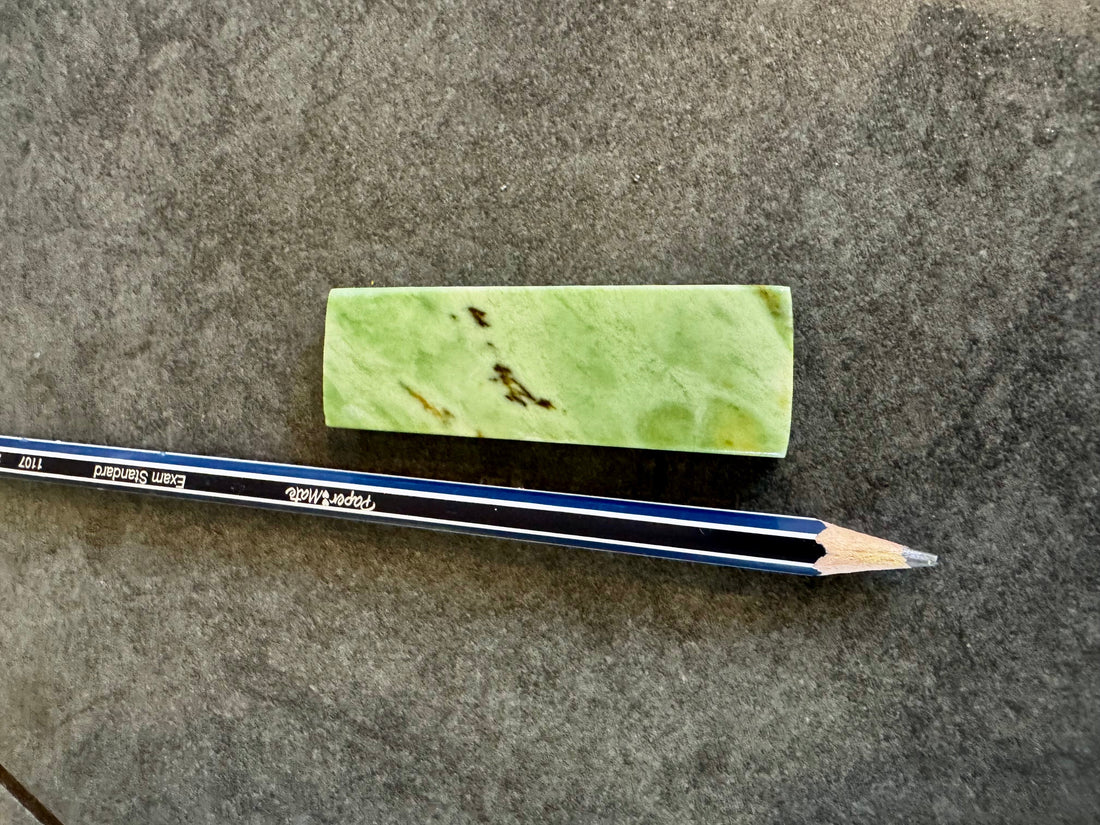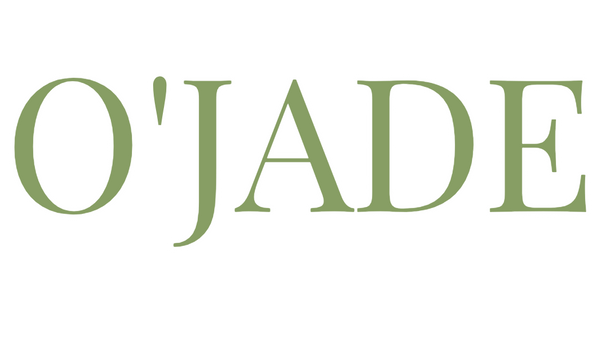
Pounamu Carving Explained: Māori Tikanga and the Spiritual Meaning of Greenstone
Share
Te Tapu o te Pounamu: Traditional Māori Practices in Modern Pounamu Carving
Pounamu (greenstone) is more than a precious stone in Aotearoa. It is a taonga tuku iho (treasure handed down), imbued with mana, mauri, and deep spiritual significance. For generations, Māori have carved pounamu not only as adornment or tool, but as a sacred act that links the carver, the stone, the ancestors, and the whenua (land).
This guide explores the traditional tikanga and practices of Māori pounamu carving, both in its original form and as it continues today. It also clears up common misconceptions, especially around the spiritual aspects of blessing and carving.
He Taonga, He Tapu: The Sacred Nature of Pounamu
Pounamu is found only in Te Wai Pounamu (the South Island of New Zealand), especially in the rivers and valleys of Te Tai Poutini (the West Coast). It is considered tapu (sacred), with mauri (life force) of its own, and is traditionally used to craft:
-
Hei tiki and pendants, worn as symbols of whakapapa and protection
-
Tools and weapons such as mere and adzes, valued for their durability and prestige
-
Taonga tuku iho, handed down through generations as heirlooms
The value of pounamu lies not just in its beauty or rarity, but in the spiritual, genealogical, and cultural connections it embodies.
The Role of the Kaiwhakairo (Carver)
A kaiwhakairo pounamu is not simply an artist or craftsman. In traditional times, they were seen as kaitiaki (guardians) of the knowledge, with their role steeped in wānanga (sacred learning), whakapapa, and tapu.
1. Whakapapa and Knowledge Transmission
Carvers learned through intergenerational apprenticeship, often within their whānau or iwi. Knowledge was passed down orally and experientially, linking each carver to their ancestors and to the spiritual world.
2. Tikanga of the Carving Process
Before beginning any work with pounamu, traditional tikanga guided the process:
-
Acknowledging the whenua from which the stone came, sometimes through karakia (prayers or incantations) when retrieving or working with a stone
-
Observing tapu. Carvers often followed strict practices around food, water, and interaction with others while carving, depending on iwi protocols
Tools and Techniques: Traditional vs Modern
Traditional Carving Methods
Early Māori carvers shaped pounamu using:
-
Stone tools like sandstone and quartz for grinding
-
Cord drills with sharp stone points and flax cords
-
Sand and water as abrasives
Carving was an extremely slow and precise process, taking weeks or even months to complete a single piece. This time investment reflected the sacredness of the act and the mana of the resulting taonga.
Modern Adaptations
Today, many carvers still honour the intention and tikanga of traditional methods, while using tools such as:
-
Diamond-tipped drills and grinders
-
Rotary tools for fine detail
-
Water-cooled lapidary equipment to reduce heat and protect the stone
Even with modern tools, many carvers maintain traditional values:
-
Working in silence or with karakia
-
Avoiding waste out of respect for the stone’s mauri
-
Retaining the stone’s natural form and lines where possible
Spiritual Practice: Clarifying the Myth of "Blessing" by the Carver
A common misconception is that Māori carvers would bless their finished carvings. Historically, this is not accurate.
What’s True:
-
Karakia might be offered at the start of carving, to acknowledge the stone, its origin, and to ensure safe and respectful practice
-
Carvers may treat their workspace or the stone as tapu, with personal tikanga in place, especially when carving for significant occasions or people
What’s Misunderstood:
-
There is no traditional requirement for carvers to bless a completed carving. The spiritual power (mana) of the piece is believed to come from:
-
The stone’s mauri
-
The intention and whakapapa of the carver
-
The relationship between the giver and the receiver
-
Gifting and Blessing in Modern Tikanga
In today’s practice, it is more common that:
-
The giver of the pounamu may offer a karakia when passing it on, imbuing the stone with intention or protection
-
The recipient may choose to have the taonga blessed by a kaumātua, tohunga, or a spiritual advisor, especially if the stone is worn for protection, mourning, or milestones
However, blessing is not compulsory. Many carvers feel that simply wearing the pounamu, connecting with it over time, and respecting its story is what gives it power.
Conclusion: A Living Practice, Rooted in Tikanga
Carving pounamu is a practice that bridges past and present, physical and spiritual, individual and iwi. The tikanga of carving, respect for the stone, the process, and the whakapapa it carries remains at the heart of both traditional and modern pounamu artistry.
Whether carved by hand or machine, each taonga carries a story, a connection, and a spiritual thread that continues to honour the wisdom of the ancestors.
